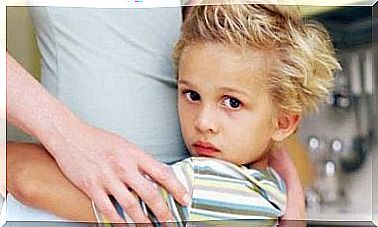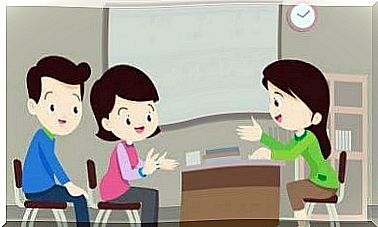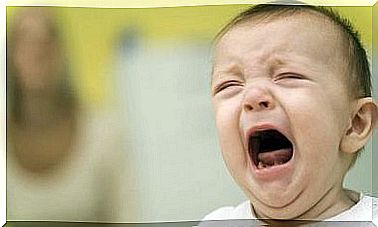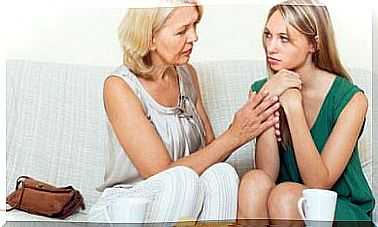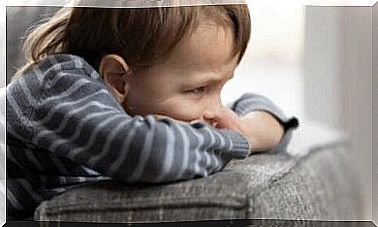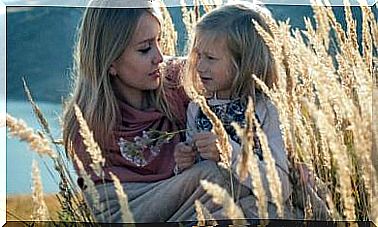Tips For Cleaning Baby’s Bottle – Parenthood
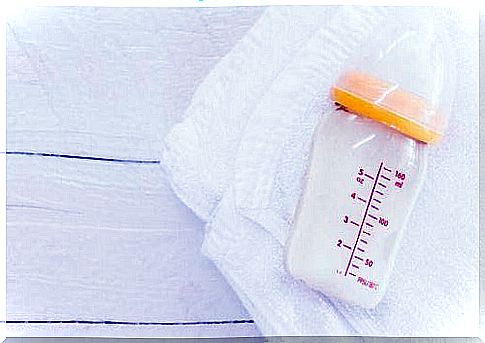
Tips for cleaning baby’s bottle have changed over time. Proper hygiene of the baby’s bottle and all utensils is essential for maintaining good health. But, in reality, there are also many myths and bad information on the subject.
For this reason, we present to you a list of tips for cleaning baby’s bottle. It also includes tips that should reassure you. You should know that it only takes very simple care to achieve this goal. You don’t have to become a compulsive cleaner.
Tips for cleaning baby’s bottle
First, we know that proper cleaning of a baby’s bottle, pacifier and pacifiers is essential for maintaining health. Indeed, in their first months of life, children have a fragile immune system.
Most of the popular ideas have led to the appearance of various options in specialty stores. Among them, there are sterilizers, brushes, products … in short, an infinite number of things. However, not all of them are really useful or recommended.
Therefore, we are going to cover some foolproof tips for cleaning the bottle. You will see how easy it is. You shouldn’t worry too much. Plus, you won’t need to buy expensive cleaning supplies.
Cleaning with soap, water and a brush
This is the most traditional and efficient type of cleaning. Ideally, after the baby has finished the bottle, you should wash it immediately. This is the only way to make sure that no particles get stuck. In addition, cleaning will be easier.

To do this, it is advisable to wash your hands thoroughly first. Then use a mild or diluted soap to clean the bottle. You will also need warm or hot water and a special brush to clean the bottles. Wash all parts of the bottle – including the teat and cover – each time.
You should also pay special attention to the area of the lid, teat or any other edge. This is where the milk residue that can allow bacteria to proliferate can remain.
The errors that contaminate the process
This seemingly simple process can become ineffective if you don’t pay attention to certain details. If you wash the bottle well, but make some of these mistakes, you will contaminate the parts of the bottle:
- Once the bottle has been washed with soap and water, it should not be dried with the kitchen towel. It is one of the objects on which bacteria proliferate and are transmitted the most. The best option would be to drain it well and use absorbent paper towel.
- When you take parts from the bottle and dry them to put them together, your hands should be completely clean. Otherwise, you will contaminate the bottle.
- Finally, the parents must ensure that the water used for washing or drinking bottle. If you live somewhere where tap water does not pass the necessary sanitary checks, it is recommended that you wash the bottle with boiled water, at least for the first six months of the baby’s life.

Sterilizations
There are two ways to sterilize the bottle and all of its parts. This can be done with boiling water or with specific electrical devices. However, specialists have changed the frequency with which the bottles must be disinfected and sterilized. This is reflected in the recommendations of the World Health Organization, the French Association of Pediatrics and the American Academy of Pediatrics (AAP).
In short, in these texts it is clarified that there is no distinction between sterilization and the correct washing of the bottle with water, soap and a brush. If parents want to take extra steps to ensure better bottle hygiene for their children, it is advisable to do so before the baby uses it for the first time. Thereafter, the bottle should be sterilized and only once a week.
In cases where the child suffers from a particular pathology or was born prematurely, his pediatrician may advise you to sterilize the bottle. However, this measure is not imperative.
As you can see, the tips for cleaning the bottle boil down to washing it properly with clean water and soap, and scrubbing it well with a brush. Then you just need to dry it well. Finally, remember that adults should always have clean hands when cleaning the bottle.
